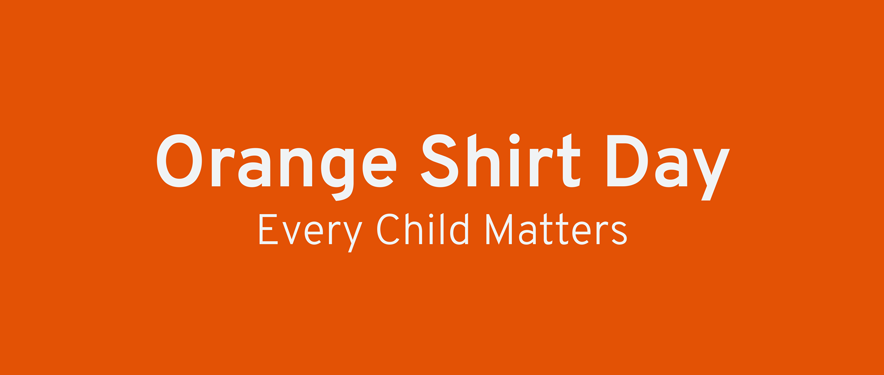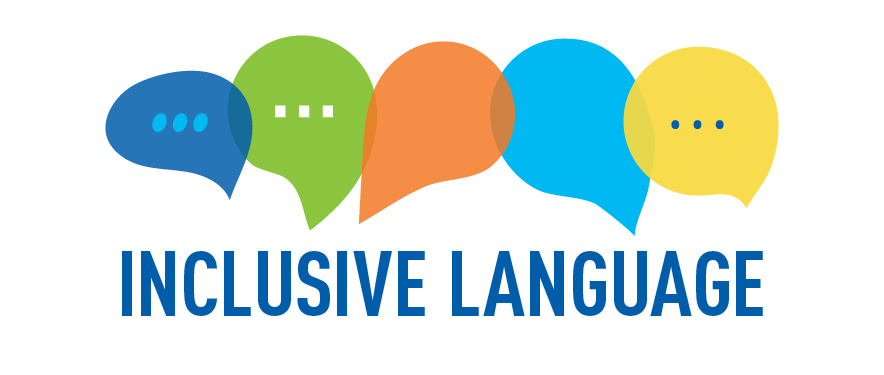
Tips for Inclusive Language - Part 1
By Deborah Digrispino / 03/24/2021 / Diversity, Equity & Inclusion
Editor’s note: This is part one in a three-part series on inclusive language.
Recent events have many of us considering the terminology we use every day. Language is constantly evolving, and lately faster than ever. Here is guidance for those who want to learn more about how to incorporate inclusivity into their day-to-day lives.
“Inclusive language” avoids biases, slang or words that reflect discriminatory views against groups of people based on their race, gender or socioeconomic status. That simply means that it’s considerate and respectful communication.
Here are three ways you can make your language more inclusive.
- Use gender neutrality (think “mail carrier” instead of “mailman”)
- Respect race and ethnicity (capitalize the “B” in Black)
- Emphasize humanity (say “people experiencing homelessness” instead of “the homeless”)
Part 1: Gender-neutral language treats people equally and inclusively
The key to gender-neutrality is using terms that can apply universally across genders. This is important because it removes gender bias from roles and occupations. Here’s a fun fact: NASA now uses "crewed" and "uncrewed" instead of "manned" and "unmanned" to describe their space missions.
For example, try these instead:
Swap This | For This |
businessman or businesswoman | business owner |
mailman | mail carrier |
policeman | police officer |
salesman | salesperson |
stewardess | flight attendant |
fireman | firefighter |
waiter or waitress | server |
One increasingly common option to safely navigate gender in language is by using “they.” This can be a respectful alternative. If known, mention a person’s name rather than using a pronoun. Or, better yet, ask how a person would like to be referred to.
Here’s a quick checklist to run through to ensure you’re using gender-neutral language.
- Have I used gender pronouns or words containing them to refer generically to roles or occupations?
- Have I used male or female pronouns without clarity or permission?
- Have I mentioned someone’s sex or gender? If so, was it necessary?
- Am I relying on outdated stereotypes when there’s an alternative?
- Do I provide the same detail of information when writing about people of different gender or background?
Remember, focus on what’s relevant to your message and stay true to how a person wants to be identified. When describing a person, ask yourself if gender is even relevant. The more inclusive the language you use, the more receptive your audience will be to your message.

